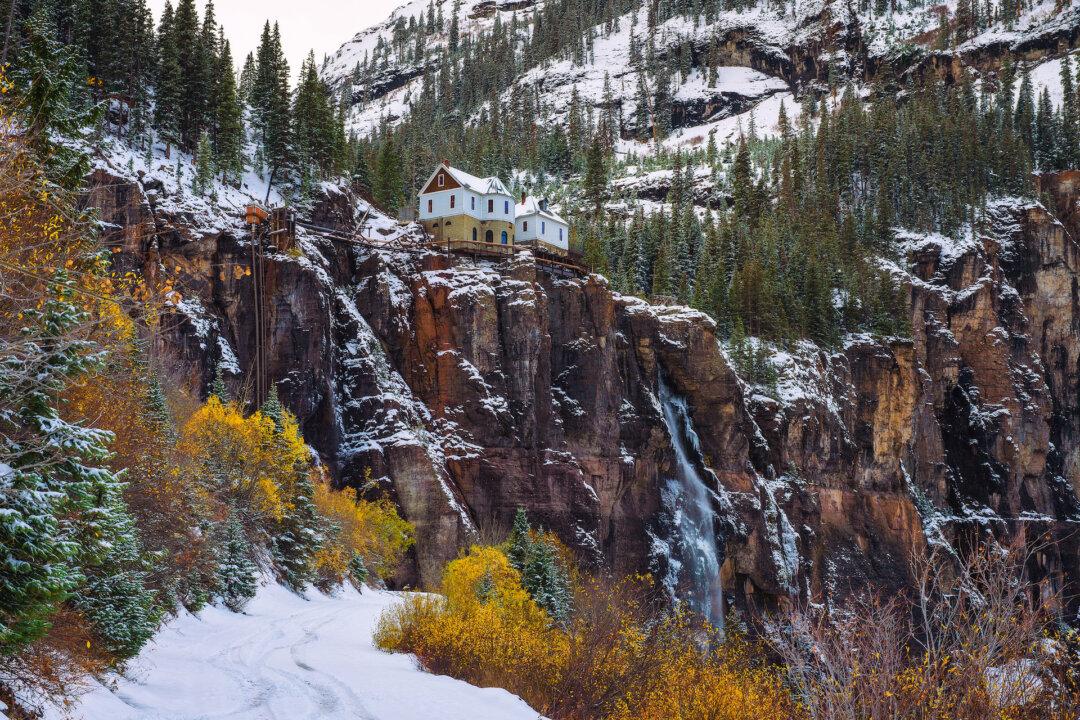By Seth Boster
From The Gazette
COLORADO SPRINGS, Colo.—They are two of the most common questions Kiernan Lannon fields at Telluride Historical Museum.

COLORADO SPRINGS, Colo.—They are two of the most common questions Kiernan Lannon fields at Telluride Historical Museum.